Did you know that two YouTube creators with the same number of views can have dramatically different earnings? In fact, some small niche channels with just a few thousand views per month often make more money than massive channels racking up millions of views.
The difference? RPM (Revenue Per 1,000 Views).
RPM is one of the most crucial yet often misunderstood metrics for YouTube creators. While many focus solely on getting more views, the real key to maximizing your earnings isn’t just about quantity - it’s about quality. A well-monetized channel with the right strategies can turn a relatively small audience into a steady income stream.
And the best part? These tactics work across all industries. Whether you run a tech review channel, a fitness vlog, or an educational platform, you can optimize your RPM and significantly increase how much you earn per 1,000 views.
In this article, we'll break down what RPM really means, why it’s more than just YouTube ad revenue, and the most effective ways to boost it.
What is RPM?
RPM, or Revenue Per 1,000 Views, is the amount of money a creator earns for every 1,000 video views - including all monetization sources, not just YouTube ads.
Many people confuse RPM with CPM (Cost Per 1,000 Impressions), which refers to how much advertisers pay for ads on your videos. However, RPM reflects your actual earnings after YouTube takes its cut and includes revenue from multiple sources, such as:
- YouTube AdSense Revenue (ads shown before, during, or after your videos)
- Channel Memberships & Super Chats
- Affiliate Marketing & Sponsored Content
- Merchandise & Digital Product Sales
- Clients & Business Leads You Generate
Here you can see other ways to earn from YouTube.
To calculate RPM, use the formula:
RPM = (Total Revenue ÷ Total Views) × 1,000
For example, if your total earnings (from ads, memberships, sponsorships, etc.) in a month are $500 and you got 50,000 views, your RPM would be:
(500 ÷ 50,000) × 1,000 = $10 RPM
Here's a list of RPMs by niches and countries.
This means that for every 1,000 views, you’re earning $10 - not just from ads, but from everything your YouTube channel generates.
Focusing on increasing your RPM rather than just chasing views is a game-changer. It allows you to monetize smarter, not harder, ensuring that every view brings in the highest possible revenue.
Publish Long-Form 10+ Minute Videos
YouTube rewards watch time, and longer videos often perform better when it comes to both revenue and algorithmic promotion. By creating videos that are at least 10 minutes long (ideally 20+ minutes), you unlock the ability to insert mid-roll ads, which can significantly boost your RPM. More ads mean more ad impressions, leading to higher earnings per 1,000 views.
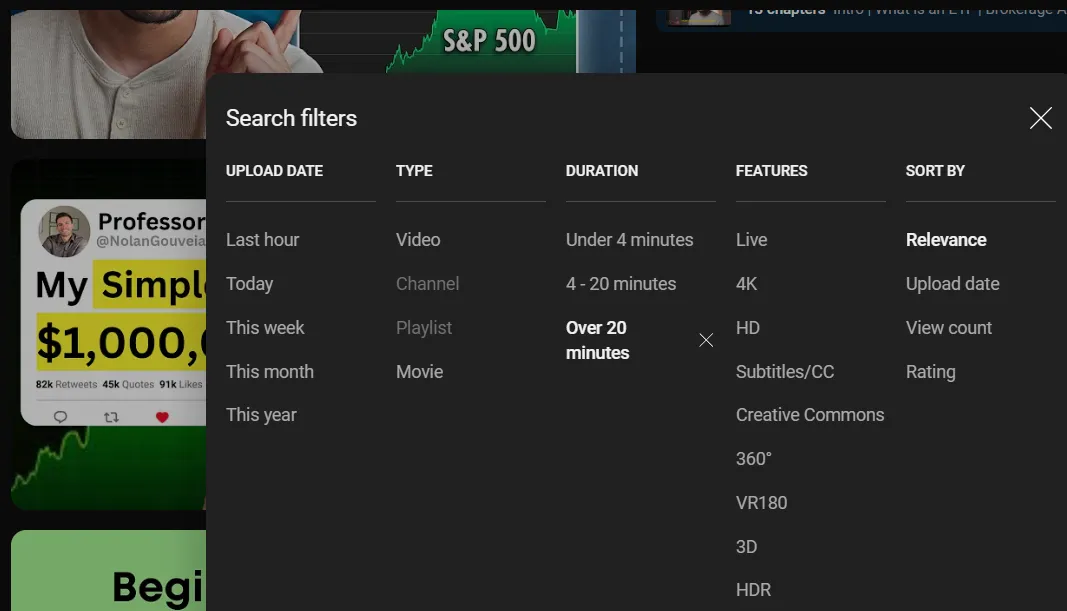
But length alone isn’t enough, you need to keep viewers engaged. If people drop off after a minute, a long video won’t help your RPM. Focus on storytelling, pacing, and valuable content that keeps your audience watching. Use hooks in the intro, break information into clear sections, and incorporate visuals or b-roll to maintain interest. A well-structured 10+ minute video that holds viewers’ attention can not only increase ad revenue but also improve your overall channel growth by signaling to YouTube’s algorithm that your content is worth recommending.
Publish Videos on Commercial Topics
Not all YouTube niches are created equal when it comes to monetization. A video about "cute kittens" might rack up millions of views, but it won’t generate the same ad revenue as a video about financial planning, business tools, or software reviews.
Why?
Because advertisers pay more to target audiences with higher buying intent.
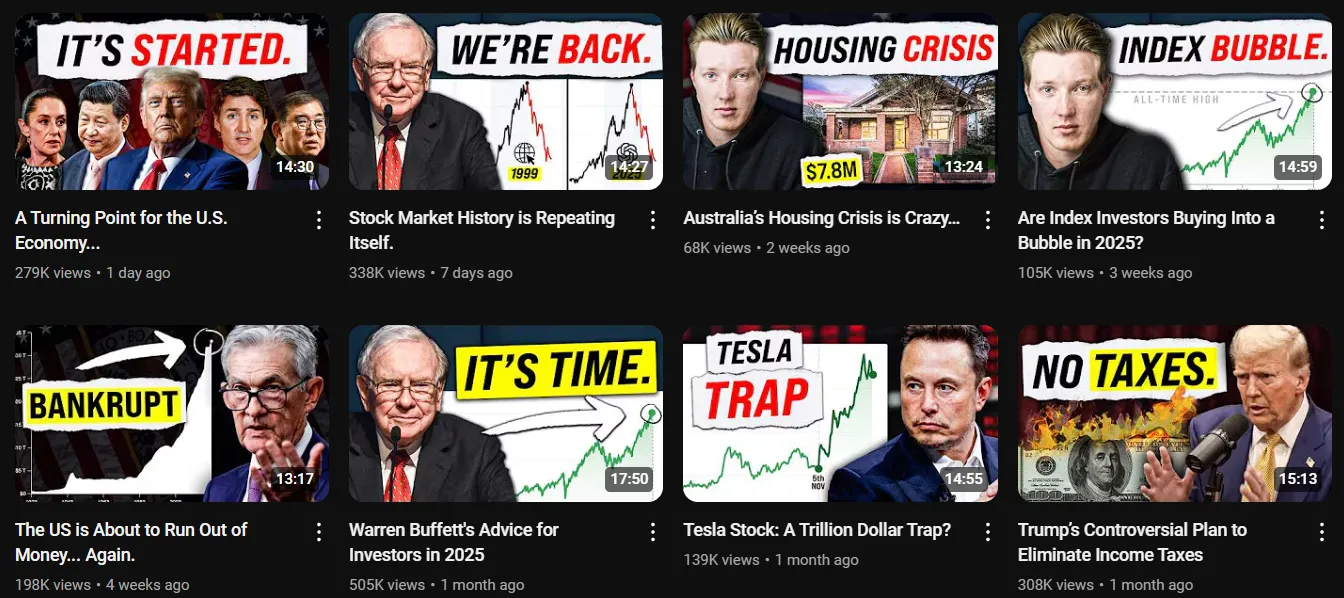
If your goal is to increase RPM, focus on topics that attract advertisers from high-paying industries like finance, technology, real estate, legal services, or education.
Even within your niche, you can find commercial angles. For example, a fitness channel could create content on "best home gym equipment" instead of just generic workout routines. A gaming channel could review high-end gaming PCs rather than casual mobile games. By choosing topics that appeal to advertisers with big budgets, you’ll attract higher-value ads and boost your earnings per 1,000 views.
Avoid Short-Form Videos
While short-form content can generate views, its monetization potential is low compared to long-form videos. YouTube Shorts and other short videos typically earn far less ad revenue because they don’t support mid-roll ads, and advertisers are less willing to pay high rates for fleeting impressions. Even with YouTube’s Shorts Fund or revenue-sharing, the payout per thousand views (RPM) is significantly lower than longer videos.
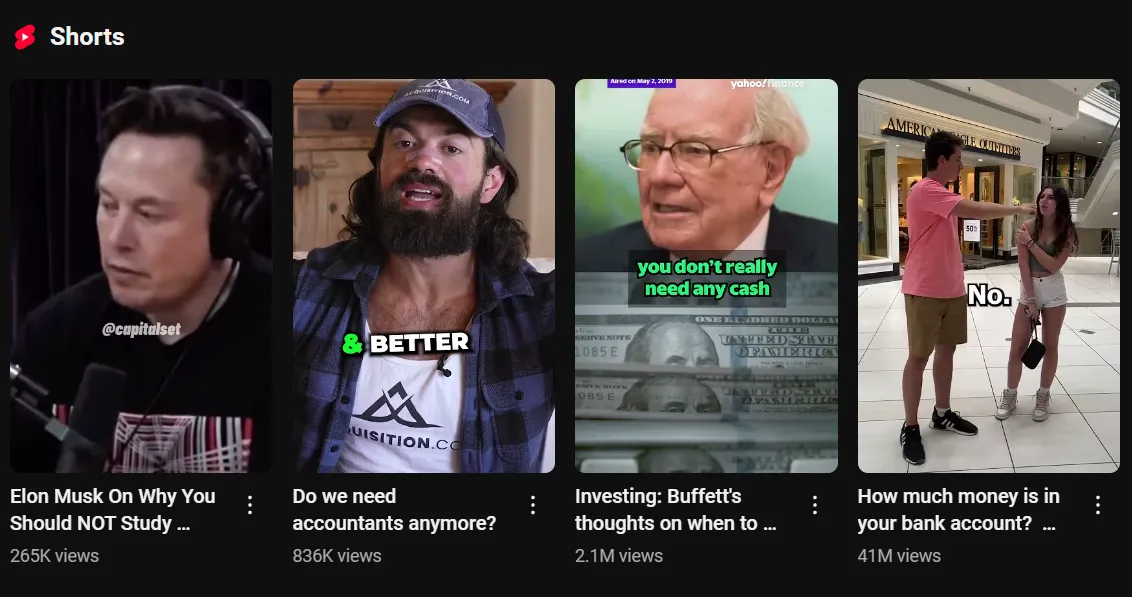
Another issue is the type of audience short-form content attracts. These viewers are often casual scrollers, not engaged buyers. Many people watch Shorts while relaxing or mindlessly scrolling, rather than when they’re actively looking to learn or purchase something. This makes them a less valuable audience for advertisers, who prefer targeting users in an intent-driven mindset, such as those watching in-depth tutorials or product reviews.
That said, short-form content still has its place, but it should be used strategically. Instead of relying on it for revenue, use Shorts to funnel viewers into your long-form content. A well-crafted short video with a cliffhanger can spark curiosity, making people want to watch your longer videos for more details. This way, Shorts act as a discovery tool while your main monetization remains focused on high-value long-form content.
High Viewer Retention and Watch Time
YouTube prioritizes videos that keep viewers engaged, and high watch time leads to better ad placements and higher RPM. If people watch more of your video, they’re exposed to more ads, which increases your total revenue. Retention is key, if viewers leave too soon, you lose potential earnings.
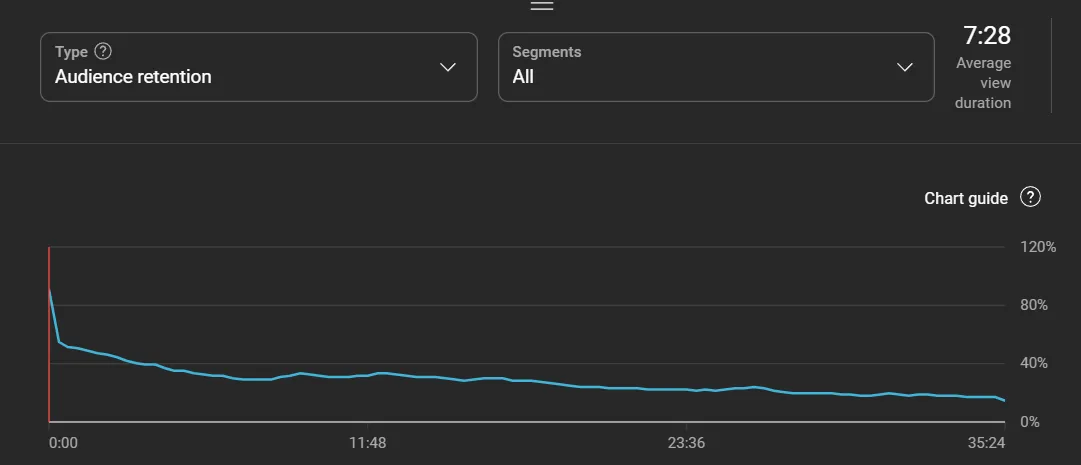
To improve retention, start strong with an engaging hook in the first few seconds. Keep your content structured, use pattern interrupts (such as graphics, jump cuts, or on-screen text), and eliminate unnecessary fluff. A great way to hold attention is by teasing valuable information early on, encouraging viewers to stay until the end.
You can also experiment with pacing, some audiences prefer fast, snappy edits, while others enjoy a more in-depth, slower-paced approach. By focusing on engagement, you not only boost your RPM but also improve your chances of YouTube recommending your videos to a wider audience.
Use Mid-Roll Ads Strategically
Mid-roll ads are one of the easiest ways to boost RPM, but placing them strategically is key. YouTube allows you to insert mid-roll ads in videos longer than 8 minutes, but that doesn’t mean you should overload your content with interruptions. Too many ads can frustrate viewers and cause drop-offs, which hurts both watch time and engagement.
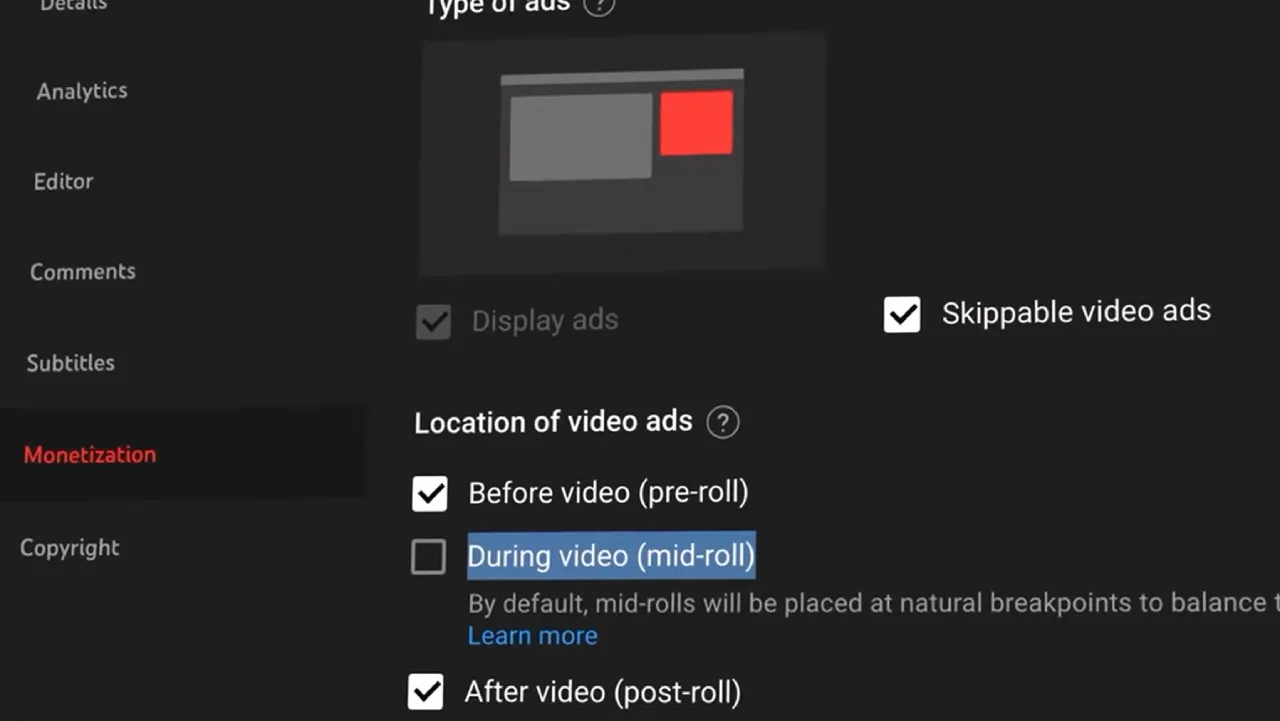
Instead, place mid-roll ads at natural breaks where they feel less intrusive. Good spots include after a major point, before a cliffhanger, or during a transition. Avoid inserting ads too frequently, one or two well-placed mid-roll ads in a 10-minute video are often enough to increase revenue without negatively impacting viewer experience.
Also, test YouTube’s automatic ad placement versus manual placement to see what works best for your audience. When used effectively, mid-roll ads can maximize revenue without sacrificing retention.
Place Affiliate Links in Descriptions
Relying solely on YouTube ad revenue isn’t the best strategy, affiliate marketing can significantly increase your RPM. When you recommend products or services and include affiliate links in your video description, you earn a commission for every sale made through your link. This means that even if ad RPM fluctuates, you have a stable, additional income stream.
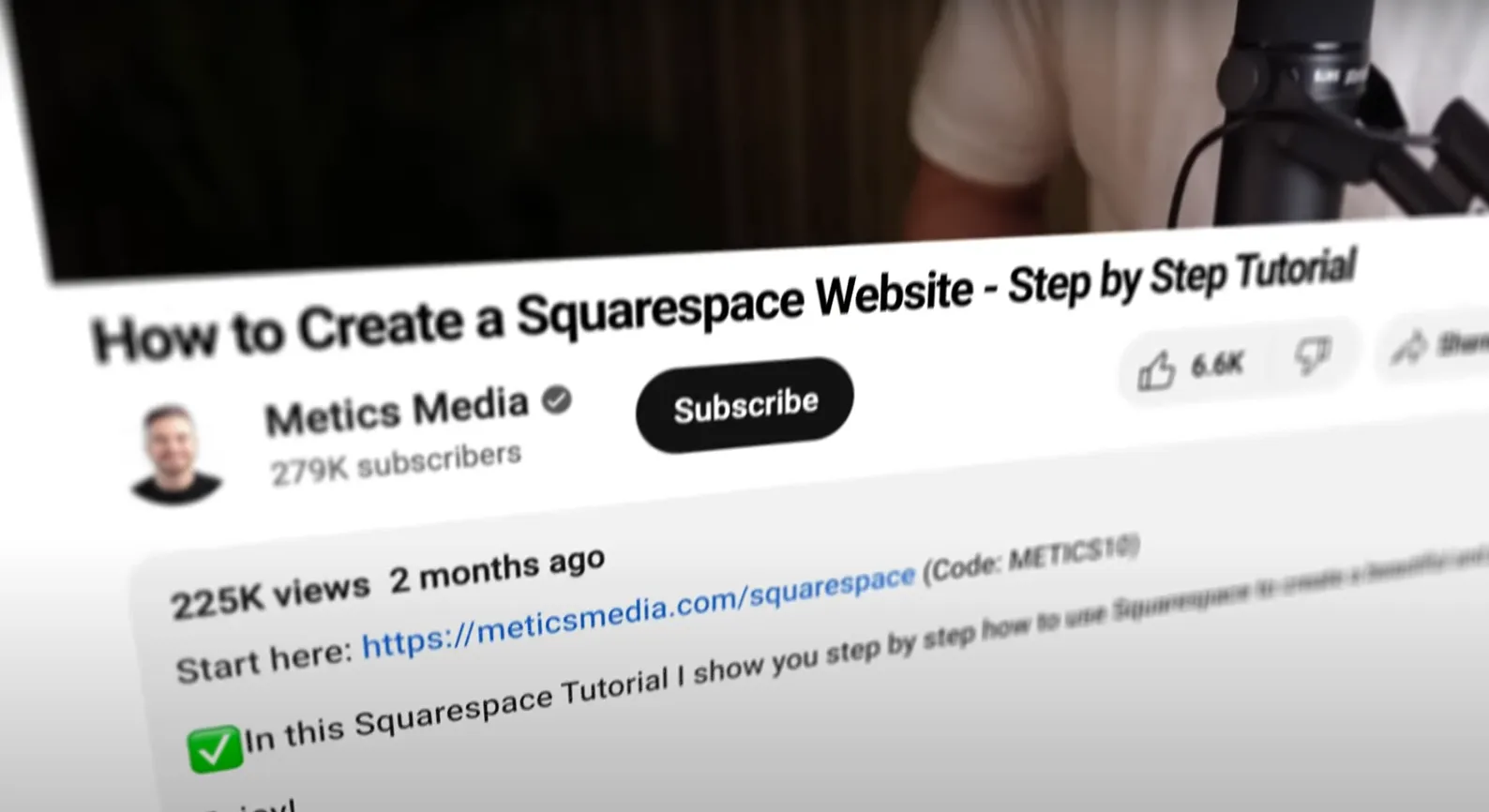
To succeed with affiliate marketing, promote relevant products that your audience actually needs. A tech channel can review gadgets and link to them on Amazon, while a personal finance channel might recommend investing platforms. The key is transparency, let your viewers know you may earn a commission, and only recommend products you truly believe in. With the right approach, affiliate revenue can often surpass ad earnings, giving you a much higher overall RPM than ads alone.
Sell Digital Products or Services
Selling digital products, courses, templates, or consulting services allows you to earn money directly from your audience, rather than relying on YouTube’s payout system. The best part? There’s no revenue split, everything goes straight into your pocket.
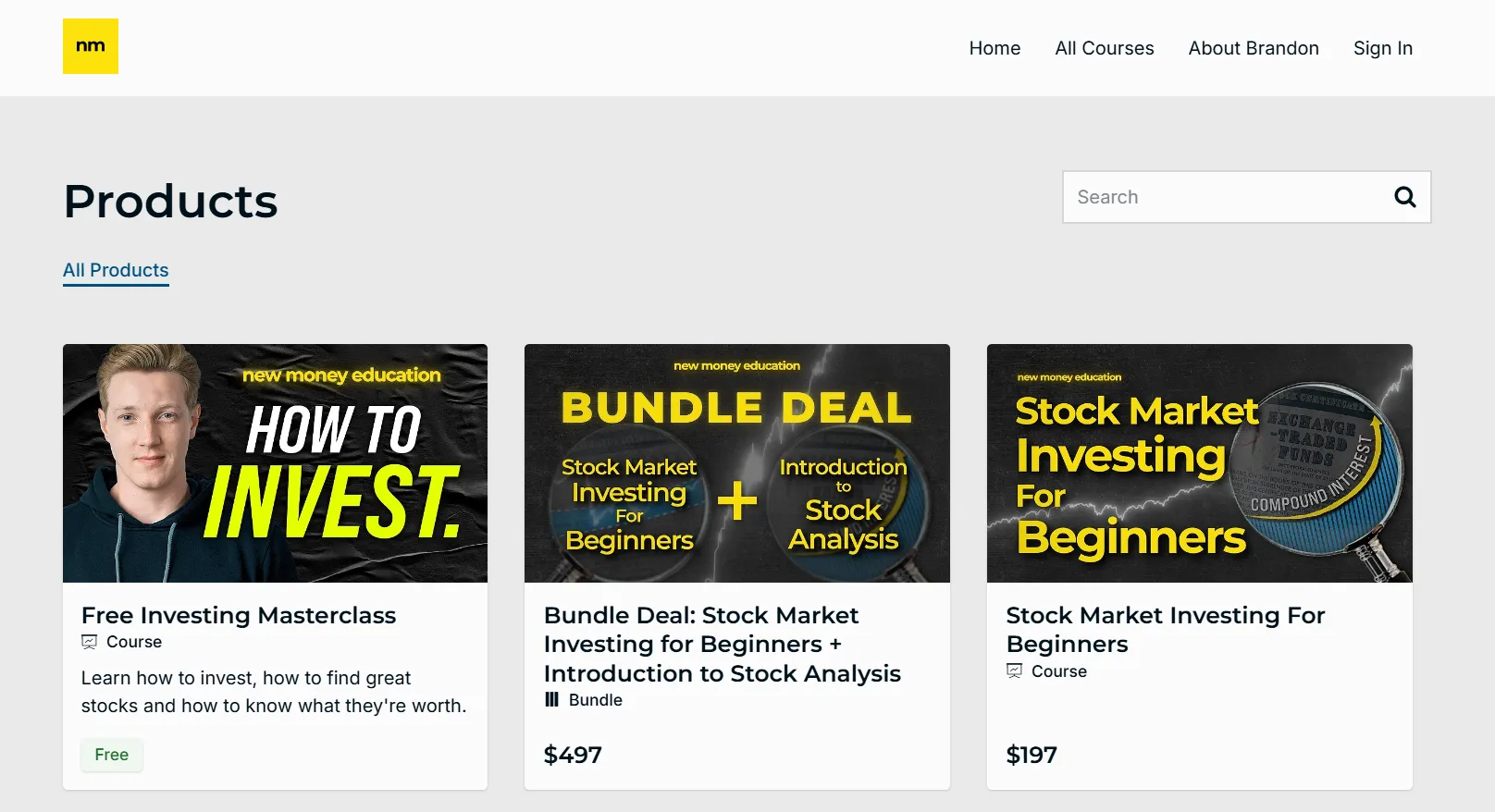
Digital products can include e-books, guides, presets, templates, or exclusive content tailored to your niche. For example, a design-focused YouTuber can sell Photoshop templates, while a fitness creator might offer personalized workout plans. Once created, digital products require little maintenance, making them a great source of passive income.
Online courses and memberships are another excellent way to monetize. By offering in-depth training on a specific topic, you can create high-value content that your audience is willing to pay for. Platforms like Teachable, Kajabi, or Gumroad make it easy to host and sell your courses. Some creators also set up Patreon or YouTube Memberships, giving subscribers exclusive perks like behind-the-scenes content, early access to videos, or one-on-one coaching.
If you have expertise in a field, consulting services can be highly lucrative. Many professionals in marketing, business, or tech use YouTube as a lead-generation tool, attracting clients who want personalized advice. By positioning yourself as an authority, you can charge premium rates for consultations.
Channel Memberships and Exclusive Content
YouTube’s channel membership feature lets fans pay a monthly fee in exchange for exclusive perks like members-only videos, badges, or behind-the-scenes content. This is a great way to increase revenue without depending on ad views, boosting your overall RPM.

To make memberships appealing, offer unique benefits that regular subscribers don’t get. This could include early video access, live Q&A sessions, or personalized shoutouts. The more valuable the perks, the more likely viewers are to join and stay subscribed.
It’s also important to promote memberships within your videos. A simple call-to-action, mentioning the benefits and showing appreciation for existing members, can encourage sign-ups. Additionally, using community posts to engage with members keeps them invested and increases retention.
By leveraging channel memberships effectively, you create a steady, recurring income stream that adds stability to your YouTube earnings, making your revenue less dependent on fluctuating ad rates.
Sponsorships with High-Paying Brands
Sponsorships can be the most lucrative monetization strategy, often outpacing ad revenue by a wide margin. Brands are willing to pay hundreds or even thousands of dollars for a sponsored segment if your audience aligns with their target market. This means you could make more from a single sponsored video than from months of ad revenue.
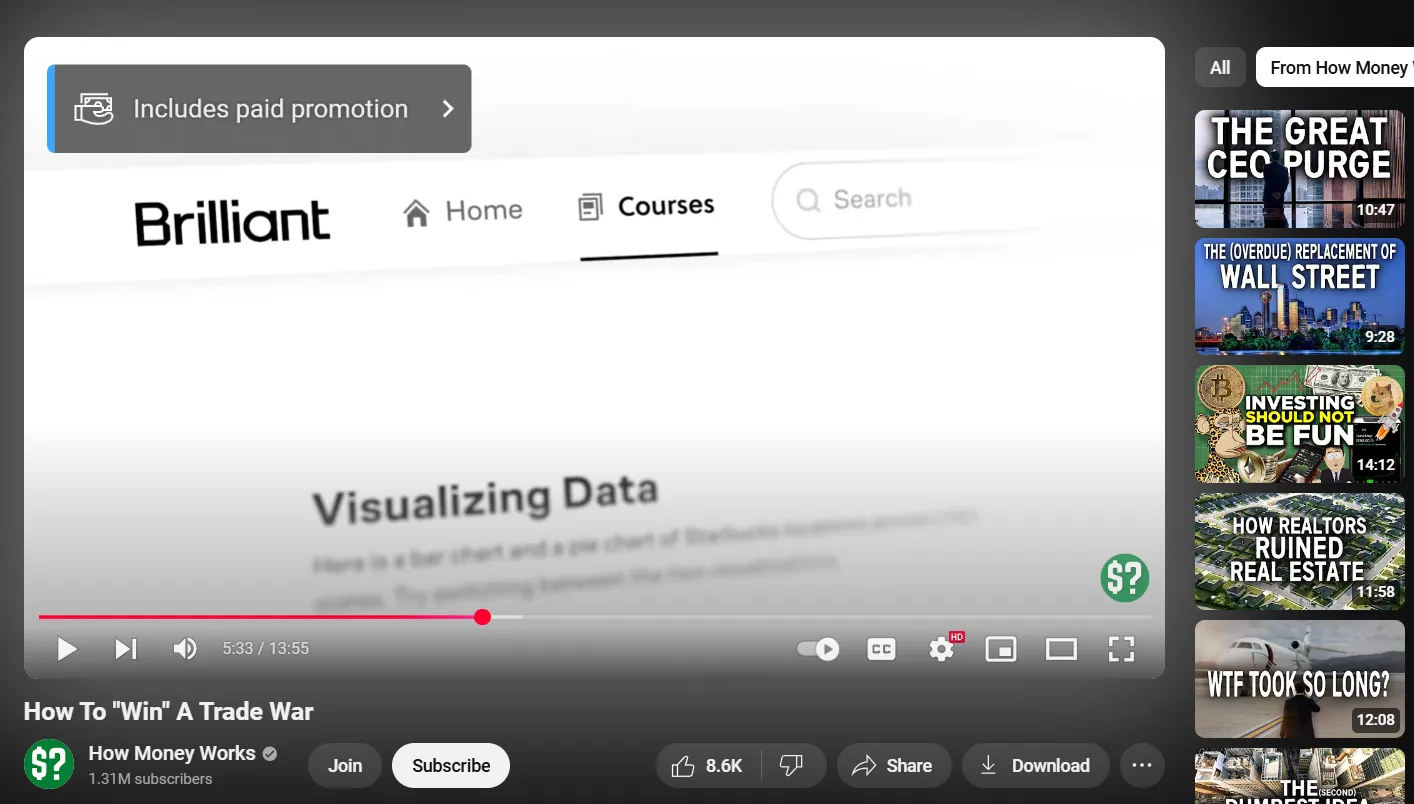
To attract sponsorships, focus on building a loyal and engaged audience. Brands care more about viewer trust and engagement than just raw subscriber numbers. A smaller channel with a highly engaged audience can often secure better deals than a larger channel with low interaction.
When negotiating sponsorships, don’t just accept the first offer, understand your value. Consider factors like video reach, engagement rate, and niche relevance. Many creators undercharge, so researching industry rates can help you secure fair compensation.
Finally, be selective with sponsors. Promoting products that genuinely fit your content and audience builds long-term trust. A good sponsorship strategy not only increases your revenue but also strengthens your personal brand.